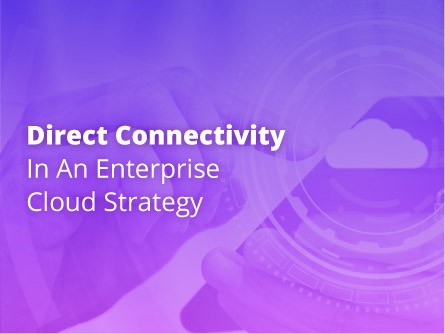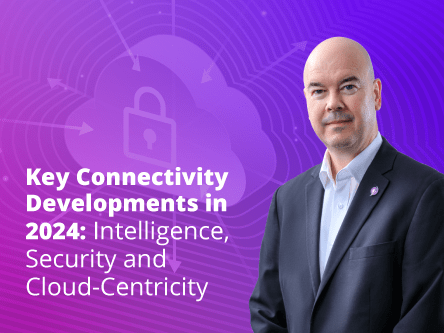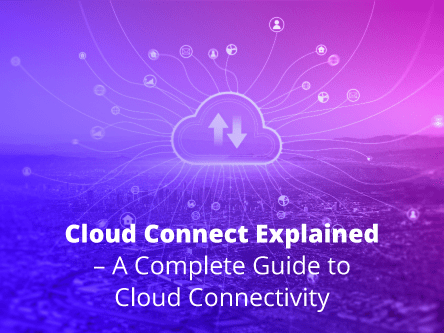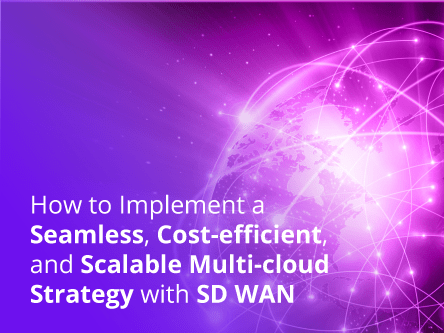We use the internet for almost everything. Learn a new skill, communicate with one another, stream video content and for many enterprises, connecting to public Cloud services. The internet may be a convenient way to access the Cloud, but it exposes vulnerabilities relating to performance, latency and security.
The solution? A Direct connection to the Cloud.
Direct connection, or some call it a dedicated connection, is a secure, private link between your enterprise IT infrastructure and the Cloud Service Provider (CSP) of your choice.
Imagine driving along a busy highway during rush hour, which is no different from the public nature of an internet connection. A direct connection is dedicated, private driving lane that can be scaled up to the amount of lanes needed, straight to your destination.
However, enterprises that are embarking on their Cloud journey may encounter some potholes along the way. They may have to deal with their existing IT infrastructure such as on-premise data centres as well as managing the integration of their Cloud services with legacy systems.
Many enterprises would jump straight into their Cloud digital transformation projects with connectivity as an afterthought. However, the performance of any enterprise IT application hosted in the public cloud is integrally linked to the connectivity path on which it travels on, and as such there is an ever increasing demand for direct connections to the CSPs.
How do I setup direct connections to the CSPs?
There are many ways to turn up a dedicated connection to the CSPs, depending on the enterprise’s current IT infrastructure, network architecture and business requirements. You can set up direct Cloud connection in one of the following ways:
- Amazon Web Services (AWS) Direct Connect
- Microsoft Azure ExpressRoute
- Alibaba Cloud Express Connect
- Google Cloud Dedicated Interconnect
- Oracle Cloud FastConnect
- IBM Cloud Direct Link
- SAP Cloud (Coming soon!)
We make it simple for you to connect to multiple CSPs and connect globally! Here’s a short video on how you can use Infiny to connect directly to AWS: Infiny | How to establish an AWS Direct Connect Ethernet Service
Want to know the types of services offered by each CSP? We found an informative webpage for you.







